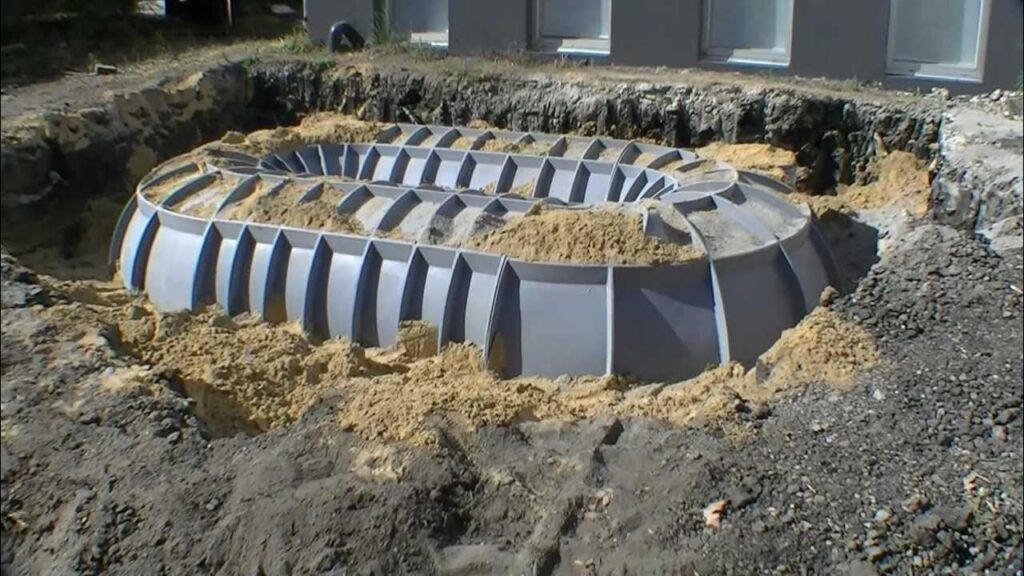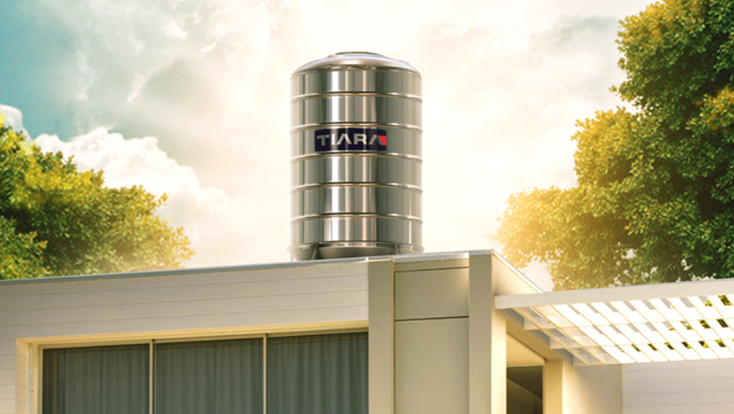
As urbanization continues to rise and water scarcity becomes a pressing issue, effective water storage solutions are essential for households and industries alike. Two popular options for water storage are underground tanks and overhead tanks. Each has its own set of advantages and disadvantages, and the choice between the two often depends on specific needs and circumstances. This article explores the key differences between underground and overhead tanks, helping you make an informed decision for your water storage requirements.
Understanding Underground Tanks
Underground tanks are installed below the surface of the ground and are typically made from materials such as concrete, fiberglass, or plastic. They serve as a reservoir for storing water, be it for domestic, agricultural, or industrial purposes.
Advantages of Underground Tanks:
Space Efficiency: One of the main benefits of underground tanks is their ability to save space. They can be installed in areas where above-ground space is limited, making them ideal for urban settings.
Temperature Regulation: Being buried underground, these tanks maintain a more stable temperature, which can help reduce water evaporation and inhibit algae growth. This is particularly beneficial in hot climates.
Protection from Environmental Factors: Underground tanks are less susceptible to vandalism, weather damage, and contamination from pollutants, as they are shielded from external elements.
Aesthetic Appeal: Since they are not visible, underground tanks do not disrupt the aesthetic of a landscape or property, making them a preferred option for homeowners concerned about visual impact.
Disadvantages of Underground Tanks:
Installation Complexity: The installation of underground tanks can be more complicated and costly than overhead tanks. Excavation, proper sealing, and plumbing connections require careful planning and execution.
Access Issues: Maintenance can be challenging, as accessing the tank for inspections or repairs often involves digging it up, which can be time-consuming and labor-intensive.
Potential for Groundwater Contamination: If not properly constructed and maintained, underground tanks can pose a risk of contaminating groundwater, especially if leaks occur.

Understanding Overhead Tanks
Overhead tanks are positioned above ground level, typically mounted on a structure or elevated platform. These tanks are commonly made from materials like plastic, metal, or concrete.
Advantages of Overhead Tanks:
Gravity-Driven Water Distribution: Overhead tanks utilize gravity to distribute water, allowing for consistent water pressure throughout a building without the need for additional pumps.
Easier Access for Maintenance: Unlike underground tanks, overhead tanks are easier to access for maintenance and cleaning, making it simpler to ensure they remain in good condition.
Cost-Effective Installation: Generally, the installation of overhead tanks is less complicated and cheaper compared to underground tanks. They require less excavation and are simpler to plumb into existing systems.
Visibility of Water Levels: With overhead tanks, it’s easy to monitor water levels visually, helping to prevent overflows and ensuring timely refilling.
Disadvantages of Overhead Tanks:
Space Consumption: Overhead tanks take up vertical space, which can be a limitation in densely populated areas or smaller properties.
Temperature Vulnerability: These tanks are exposed to environmental conditions, making them susceptible to temperature fluctuations that can lead to increased evaporation and algae growth.
Aesthetic Concerns: Overhead tanks can be visually unappealing and may detract from the overall appearance of a property, especially if not designed or maintained well.
Conclusion
Both underground and overhead tanks have their own sets of advantages and disadvantages. Understanding these differences is crucial for making the right choice for your water storage needs. By considering factors such as space availability, budget, water requirements, and environmental impact, you can select a solution that best meets your requirements. Whether opting for the discreet efficiency of underground tanks or the accessibility of overhead tanks, ensuring a reliable water storage system is essential for both domestic and industrial applications.


